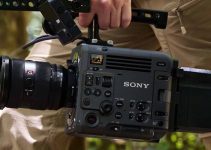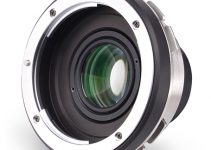Battle for the APS-C crown has heated up. There has been plenty of exciting news in the crop format arena in the past year and now we have some fun, current options from the big two names that are worth looking at: the Sony FX30 and Canon EOS R7.
These aren’t exactly the same thing, one is aiming to be a cinema camera while the other is most definitely a normal hybrid mirrorless camera design, but it is well worth seeing what Sony and Canon are putting out.
Filmmaker Josh Sattin got his hands on both new cameras and wanted to figure out which was better for shooting video.
Image Quality
Initial thoughts were that both cameras looked similar. Here are the settings:
- Canon R7: Canon Log 3, 4K 24p Fine IPB
- Sony FX30: S-Log3, 4K 24p XAVC S-I
To keep the cameras similar he used the same lens on both, a Sigma 18-35mm used with an adapter on both. Images weren’t tweaked much in post either.
Both look great. Sharpness, noise, and color rendering is very similar between the two of them.
High-Speed Shooting
They do diverge on capabilities. The R7 can only hit 4K 60p while the RX30 can do 4K 120p. In 60p the R7 can shoot in a line skipped and/or pixel binned full-width mode or in a crop mode that is a 1:1 pixel readout.
The FX30 will do the full 6K oversample even in 4K 60p. This could give the FX30 an edge in noise and detail. Canon’s crop mode does come a touch closer.
Now, the FX30 can reach 120p in 4K while the R7 cannot. Sony does rely on an additional crop to make this happen. Sony has a win if you make heavy use of slow motion.
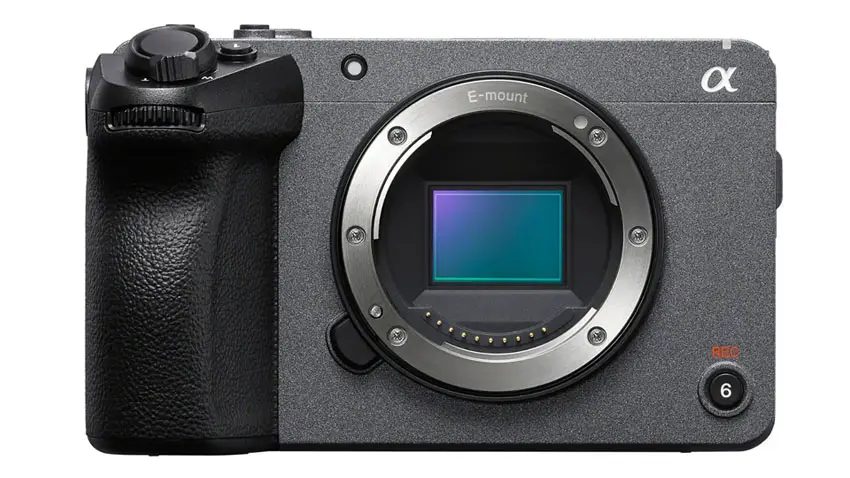
Image Credit: Sony
Dynamic Range
This isn’t the most scientific test, but he gives the edge to the FX30. Shooting in a dark room next to a window if a tough test for the sensors.
Where Sony gets his vote is with the highlight rolloff and looks a lot nicer in the brighter areas while still keeping good detail in the shadows.
It’s possible that the FX30’s use of S-Log3 gives it the best possible dynamic range while Canon only put C-Log 3 into the R7 even though C-Log 2 might be able to retain a little more range.
Low-Light Performance
Starting in the lower range it is a wash. Both cameras are very clean at the low ISO values. Moving into the higher range you can start to see differences around ISO 10,000.
At ISO 12,800 and 16,000 the R7 actually creates a cleaner image. This doesn’t last all that long as once you hit ISO 20,000 neither looks all that good.
This actually goes against the expected performance of the FX30 since it should have Dual Base ISO technology. Josh didn’t really see any advantage to this.
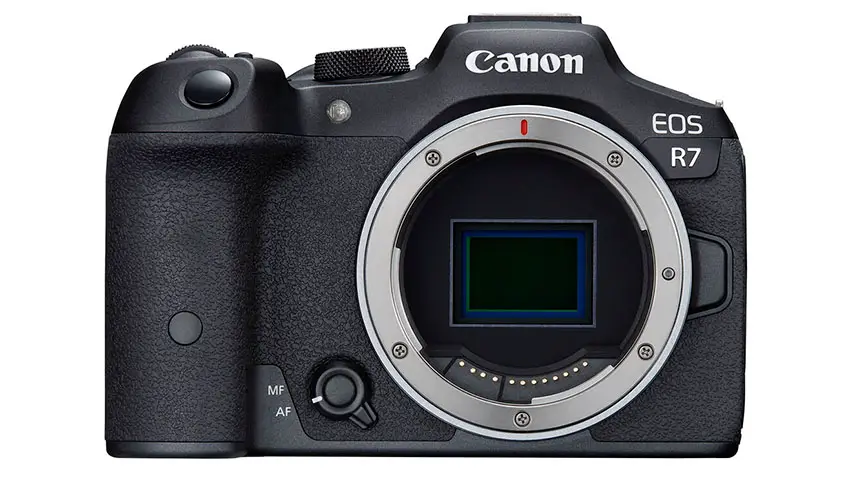
Image Credit: Canon
Stabilization
Both cameras have an in-body image stabilization system. He did both a walking shot and a standing handheld shot.
Both also have some extra modes that combine physical stabilization with some digital help.
It is interesting as the Canon R7 seems to be so far ahead of the FX30 when it comes to the walking shot.
The image looked very smooth while Sony still had some shakes and jitters. When static, the stabilization on both does appear to do a decent job.
Rolling Shutter
There is rolling shutter on both cameras though the FX30 has an easy win here. They both have it so be careful regardless.
Other Features
These are very capable cameras. There are no recording limits, optional XLR adapters are available for both, 10-bit internal, and plenty more is going on.
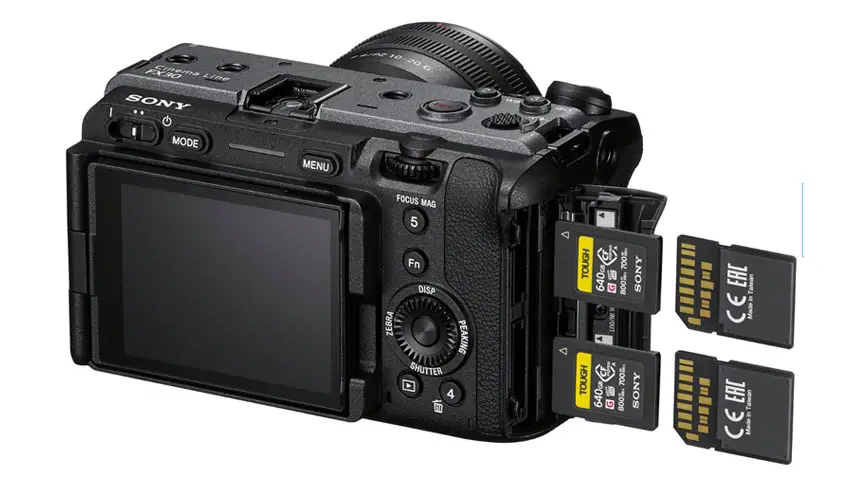
Image Credit: Sony
Differences
The biggest difference between the two is the electronic viewfinder. The R7 has one and the FX30 does not. If you enjoy shooting handheld or taking photos then the R7 is going to have a clear advantage with that crisp EVF.
For stills the FX30 doesn’t even have a mechanical shutter. Photography is going to easily go to the R7.
Sensors are slightly different in size as well with Canon using a 32.5MP chip with a 1.6x crop and Sony going with a 26.1MP model with a 1.5x crop, though this increases to 1.56x in video.
Codecs options differ as well. Canon limits the R7 to only a few IPB compression formats. Sony has almost all their usual formats here with All-I, H.265/HEVC, and IPB options.
Body Design
These are very different-looking cameras. The FX30 is following cinema camera design language while the R7 is a standard mirrorless body.
Build quality is great for both and there are plenty of physical controls.
One thing where the FX30 does win is with the HDMI port. The FX30 has a full-size port while the R7 has a micro-HDMI output. Otherwise all the regular options are there.
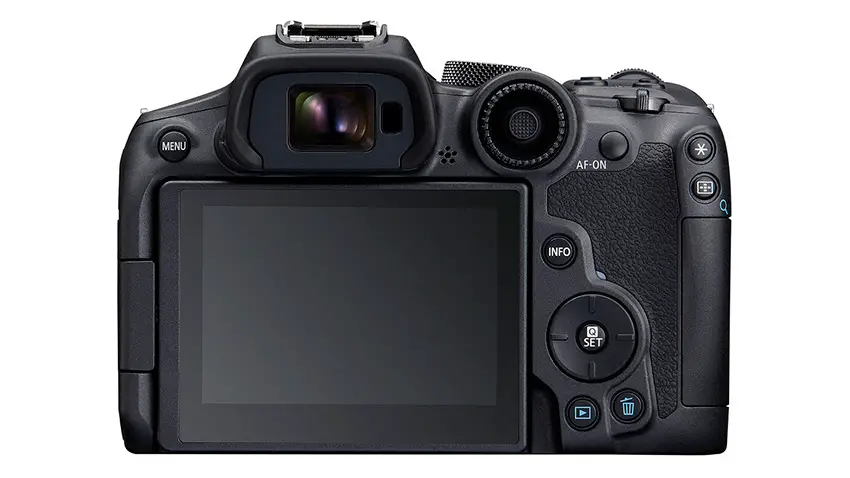
Image Credit: Canon
The rear has a multi-angle display that flips out and they are fairly equivalent in size and resolution.
FX30 does focus on video and benefits from some 1/4”-20 threads around the body and tally lights.
Media is slightly different with the FX30 using two dual CFexpress Type A/SD slots and the R7 sticking with two standard SD slots.
Battery life is fine for both.
Overheating has been a point of concern for compact cameras like this and the FX30 does have a fan that should prevent any unexpected shutdowns.
You can’t go wrong with either.
Lenses
Sony’s E-mount has an advantage compared to Canon RF. Having been around for a while, the Sony system has plenty of first and third-party options. Canon has fewer native options, though there are plenty of adaptable lenses you can use.
Target Audiences
This one is easy. The Canon R7 is a hybrid camera that blends features for photography and video. For mixing between the two the R7 has plenty of advantages.
For pure video the FX30 is the core audience. It can’t really take photos well, but if you are only shooting video that probably doesn’t matter all that much.
Which of these two cameras would you pick?
[source: Josh Sattin]
Order Links:
Disclaimer: As an Amazon Associate partner and participant in B&H and Adorama Affiliate programmes, we earn a small comission from each purchase made through the affiliate links listed above at no additional cost to you.


